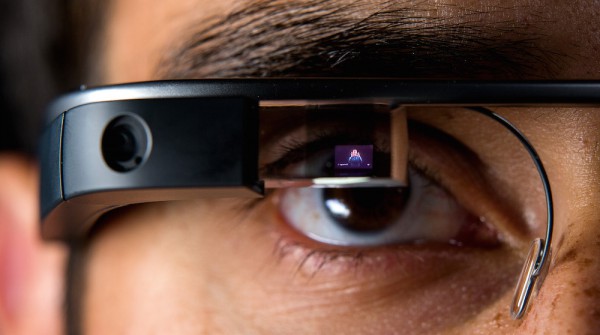Google Glass was going to be the device of the future in 2012. But fast forward to 2015 and suddenly the Glass project is closed down (although it remains in development).
What happened to close down the Glass program as we know it? Here are our top 3 reasons why Glass failed to catch on as the device of the future.
1. Google Glass isn’t that comfortable

Glass is a pretty undeniably beautiful piece of design. The single titanium arc, the delicate nose pieces, and the general futuristic vibe the whole things gives off – it’s pretty cool. However, it’s just not that comfortable. The
Endgadget review of Glass reported that while Glass techs will help you get it exactly right before you leave with your $1,500 toy (more on price later), it takes constant fiddling to get it to stay that way.
Second, the edgy lopsided design means that there’s a constant weight on one side of your head. And while 42g doesn’t feel like a lot, it’s still enough to throw you off-kilter, at least for a while.
Third, the way the screen is positioned in the top right, it means your eyes are constantly flicking up and right. Try it now – flick your eyes 10 times to the top right corner of your field of vision. Hard, right?
The movement is not a movement your eyes are used to at all.

Granted, some of this is just nay-saying – eventually, you’ll get used to the way Glass feels and works, as the many happy Glass users can attest to. And maybe it’s what people said about the phablets when they came out – they’re too big, too heavy, and too clunky to catch on. Or maybe it’s what people said about the computer mouse when it first came out – it’s unintuitive and it hurts my wrist.
New tech is always hard, but the fact remains that Google still felt compelled to shut down its program for an overhaul.
2. Privacy

Privacy is important to people. Factors like continued breaches in financial security (Home Depot) major privacy scandals for celebrities (Apple iCloud hacking incident) and just how much of our lives we’re living online now have pushed privacy into the public eye like never before.
While this was happening, it came out that Glass can take photos without the subjects knowing that they’re being photographed. In all honesty, this problem probably isn’t as big as you might think. Most people are courteous enough to ask for a picture if they want one, and it’s not like cameras aren’t already everywhere (people already have them on their phones).
But for a lot of people, it just feels wrong. It set a terrible tone for the launch of a new product, albeit a first draft, but it was bad publicity that Glass could ill-afford.
Basically, it put Google on the back foot right from the start – a negative public impression that they never really recovered from. Privacy was the issue, but it was indicative of a broader rejection of their product.
3. It’s too expensive for not solving a problem

This is really what torpedoed the Glass explorer from merging into mainstream. First, price. It retailed for $1,500, which is substantially higher than almost every single other wearable (notable exceptions are the gold Apple Watches, which retail for some $17K).
So it’s asking consumers for an awful lot of money. This in itself isn’t so bad. After all, Apple computers don’t come cheap, but people are happy to pay a premium for their product. No, the real issue is that
Google did not do nearly enough to explain:
- What problem Glass solved
- How its various benefits and features made consumers’ lives better
It was assumed that people would intrinsically see the value of Glass to their life. Even the
promo video didn’t really articulate how it’s going to help people with their everyday lives, instead showing casing features and hoping consumers would extrapolate benefits.
Without knowing what was in it for them, $1,500 suddenly seems like an astronomically huge sum to pay for what might end up being nothing.
Contrast that to Apple’s pricey laptops. Consumers know that Macs:
- Last a long time
- Don’t get viruses
- Have great battery life
- Are really quite easy to use
Google didn’t help people understand the problem they solve or the benefits people would get. As a result, Glass withered on the vine.
Wrap up
The Glass Explorer program was pretty much a flop. Some design limitations, major communication problems, and bad PR meant that Glass was never once seen as a viable mainstream product, forever regulated to the fringes of the tech world. But hope springs eternal.
Google has moved Glass from their Labs to a
standalone project headed up by Tony Fadell, that
may see an overhaul announced at this year’s I/O conference. Maybe Google can take their learnings from Glass and fold them into a success new generation of smart glasses.
Or maybe people just don’t like tech on their face.
